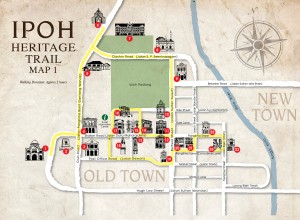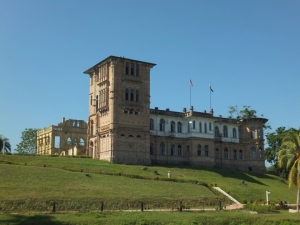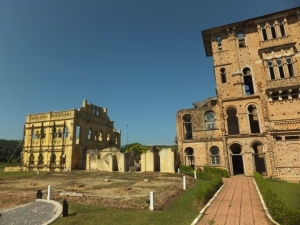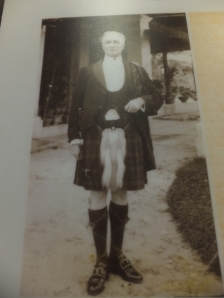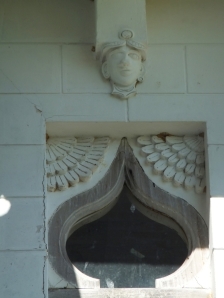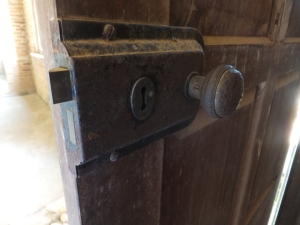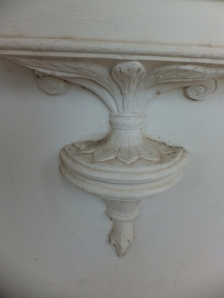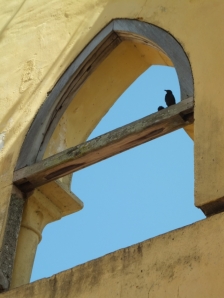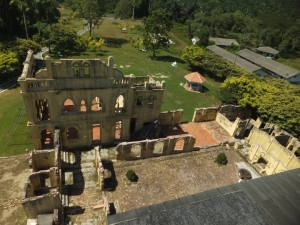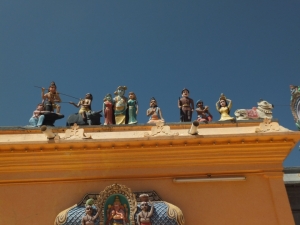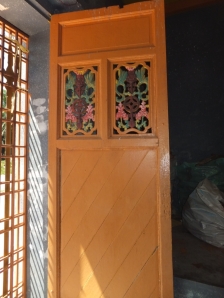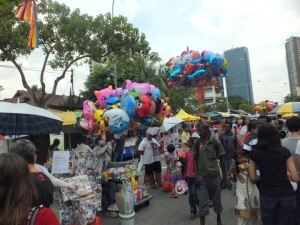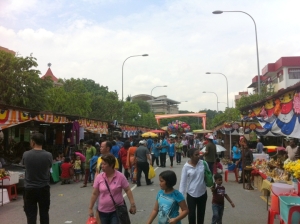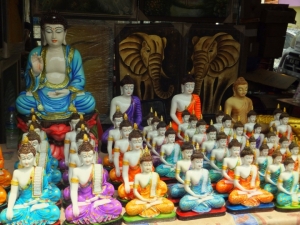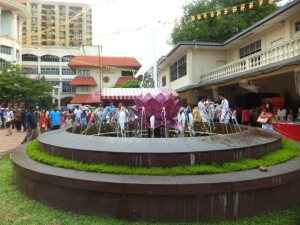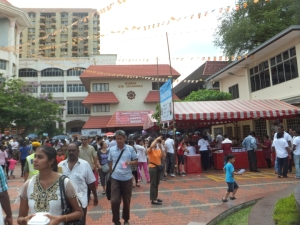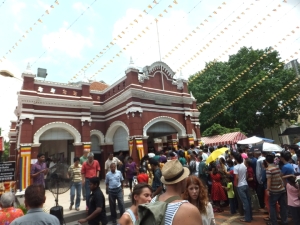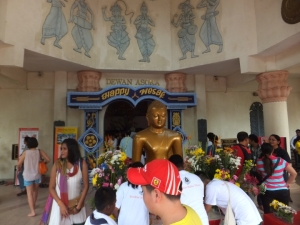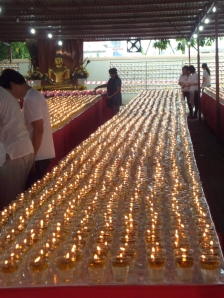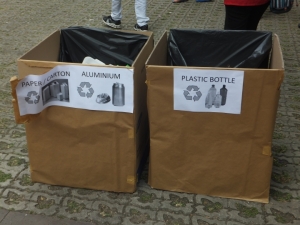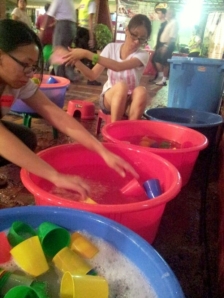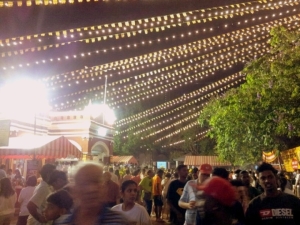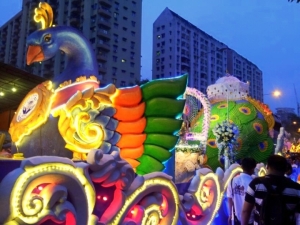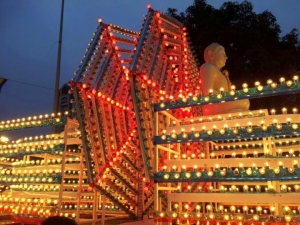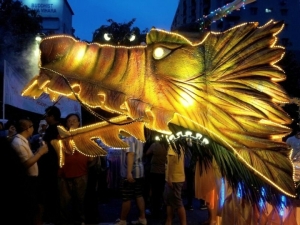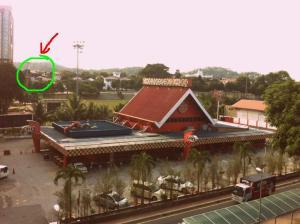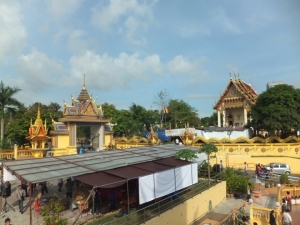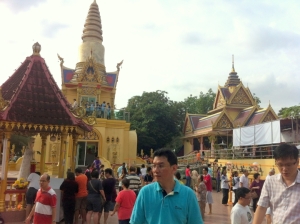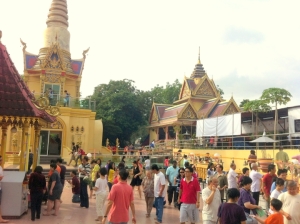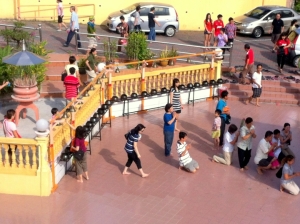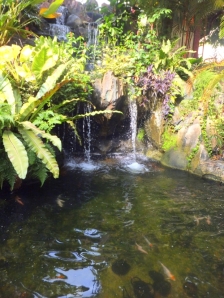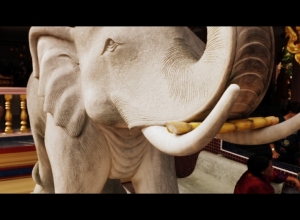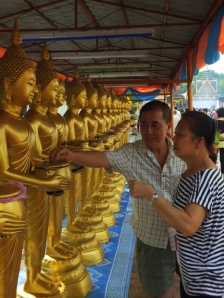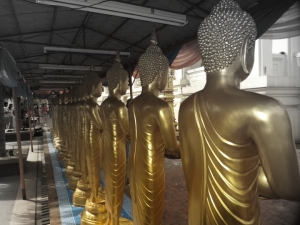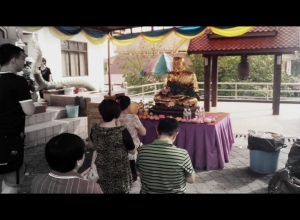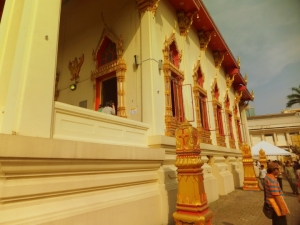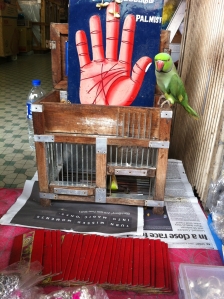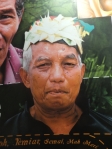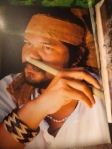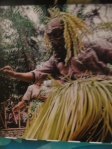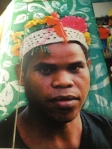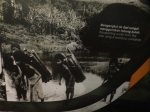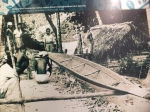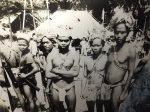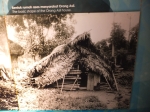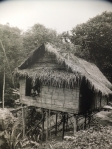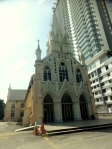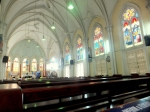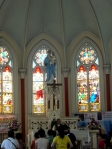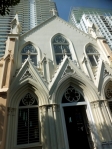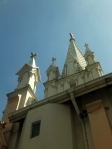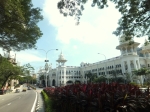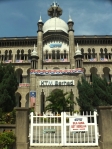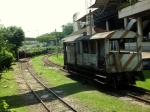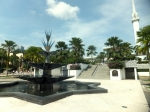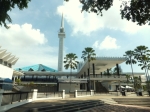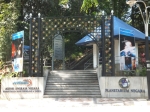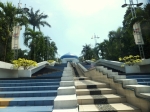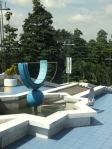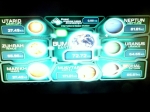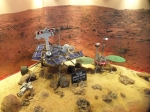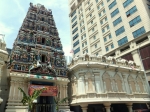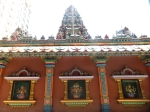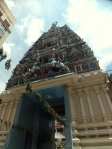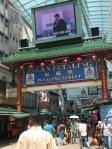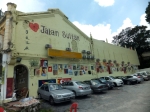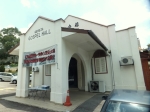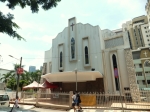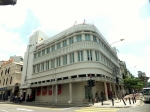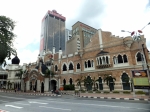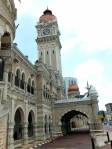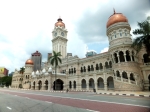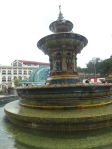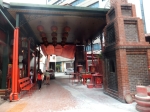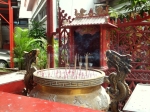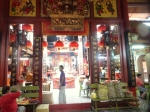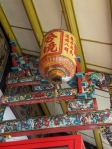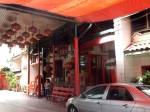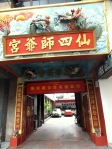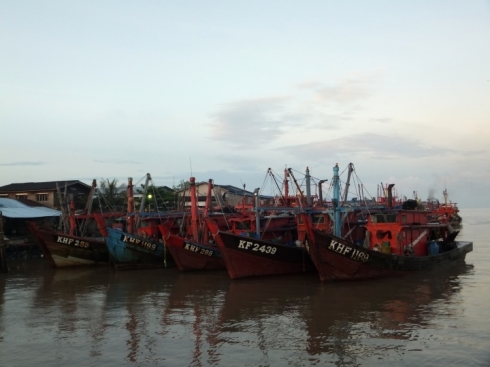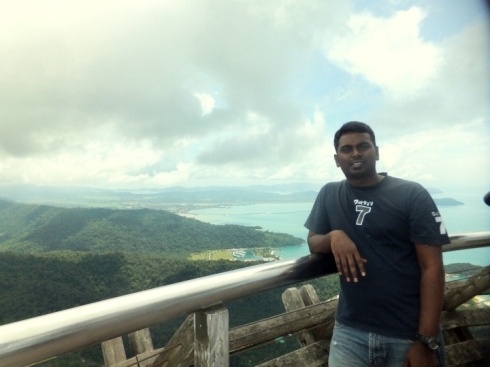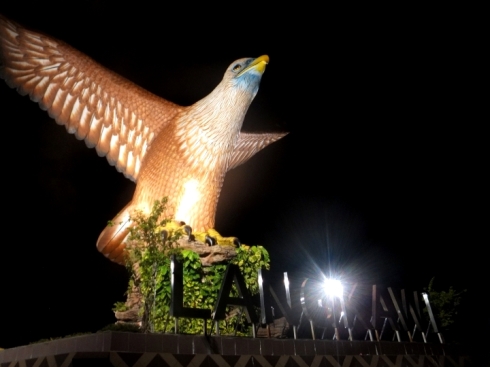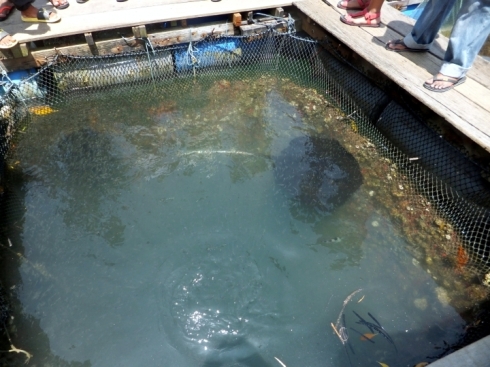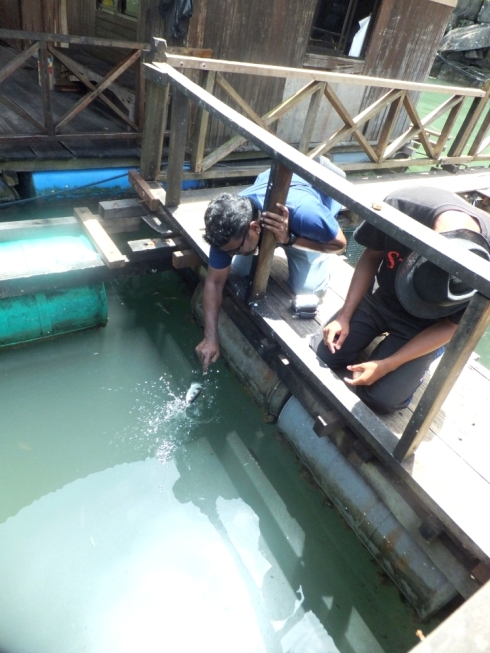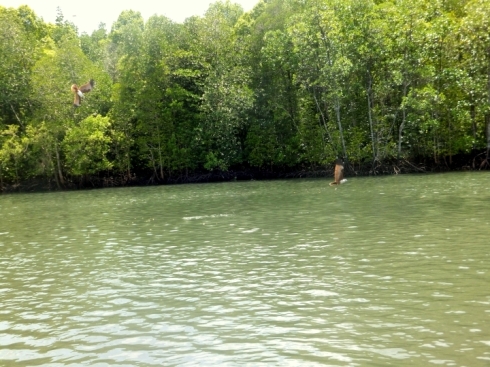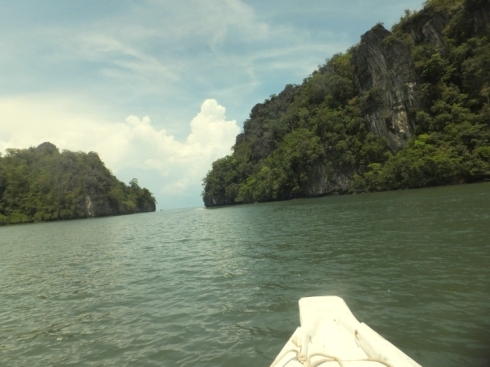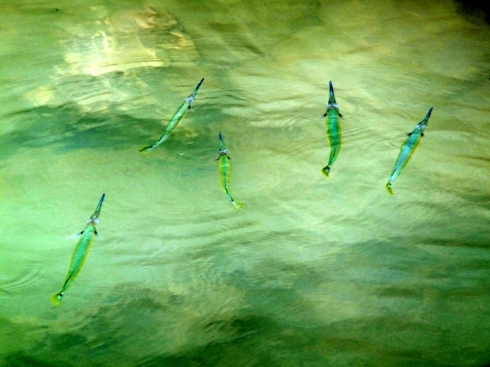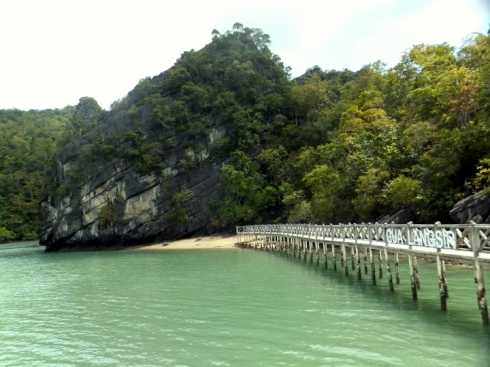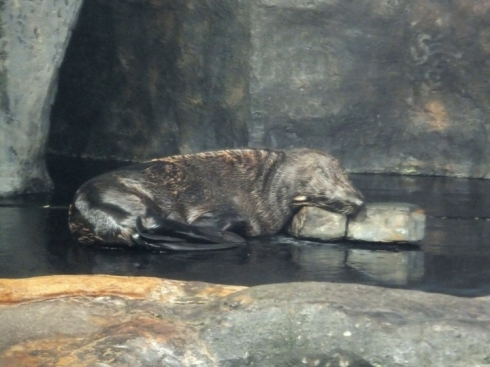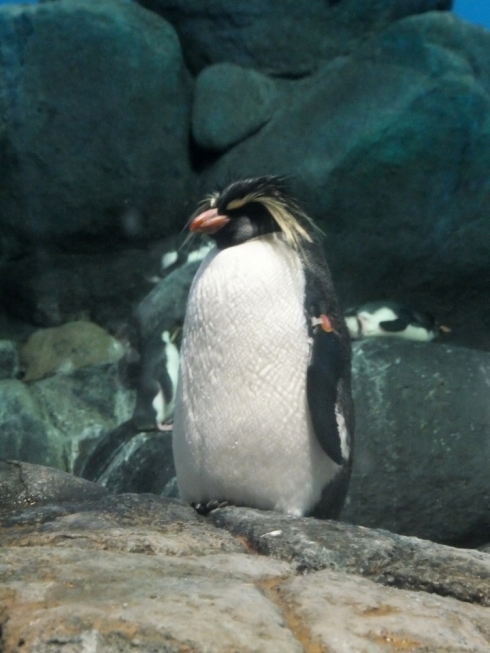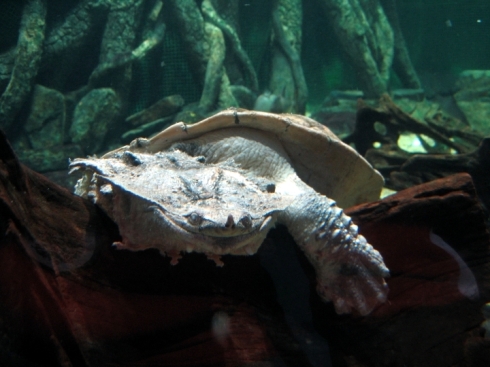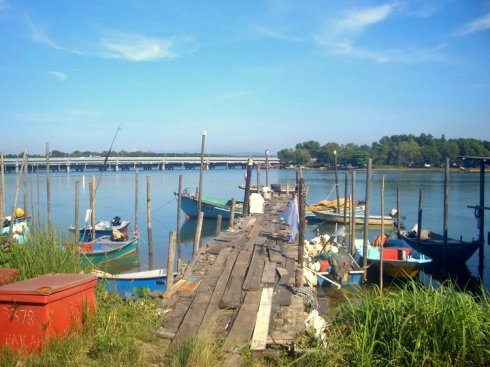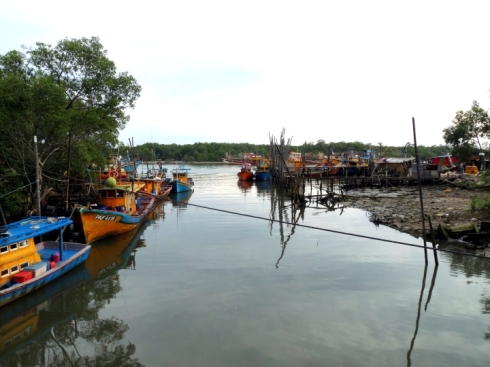Hi peeps, glad to be back to this platform. Lately, I had to juggle most of my time with classes and work so hardly had any time to write on my new travel experiences. Here, I’m sharing my experience at this year’s Thaipusam Festival at Batu Caves temple in Kuala Lumpur. I know, it’s already a month since the festival was held on 27th January.
Thaipusam is an annual Hindu religious event held at Batu Caves, Malaysia’s most prominent temple located about 15 Km from Kuala Lumpur City Center. On this day – celebrated on the full moon day of the month of Thai (1st month in Indian Calendar), a massive crowd of pilgrims from all corners of the country and tourists fetching up to a million in number congregate through the gates of Batumalai Sri Subramaniar Swamy Devasthanam, to show penance to Lord Muruga (one of Lord Shiva’s son, the other is Ganapathi – Elephant God) for fulfilling their vow in many different ways. Batu Caves is a limestone hill with Lord Murugan temple build inside a cave at the top. Pilgrims and visitors required to climb 272 steps to reach the shrine.

Lord Murugan and 272 steps to His Shrine
Although its a religious event, here in Batu Caves the ambiance is more like a carnival with many hawker stalls selling food, drinks, audio Cds and even a Carvinal Game Arcade at its compound. This year, a close friend of mine happened to have setup a drink stall. So, I used the opportunity not just to pay my religious deeds to Lord Murugan but helped my friend with his stall while learning some soft skills.
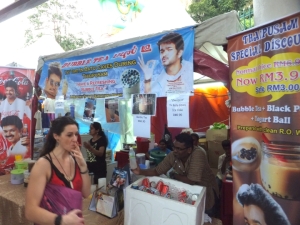
Me at the stall busy luring customers for drinks
This year was much easier to commute to the temple compared to previous years as the government took the initiative to provide non-stop 24hours Commuter train service by Keretapi Tanah Melayu (KTM) direct to the temple grounds. It had saved me a load of time and hassle of driving and getting stuck in traffic standstill and paying hefty parking fees as I visited Batu Caves for 3 days. What a relieve!
Between my breaks from the stall, I walked about wading through crowd of locals and foreigners while enjoying the religious and carnival atmosphere. As I walked through the stalls and carnival area, the smell of food was on the air mixed with loud ear deafening music beats from loudspeakers. Some boys stood out from the crowd with their massively glorified pink, green fake hairs on their head and ‘vuvuzela’ looking trumpets on their hand blowing loud noise on people’s ears as they joyfully walked through the crowd.
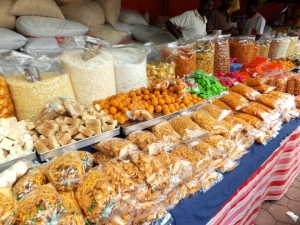
Food stall selling Indian Sweets
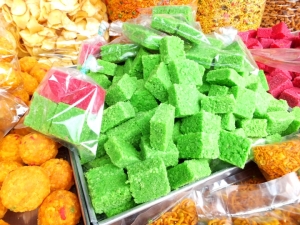
Colorful Candies
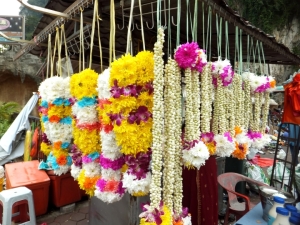
Flower Garland Stall
As I approached closer to the temple shrines, the atmosphere were more religious like, quiet and more obedient. Here loud musics not allowed as pilgrims in yellow clothing walked pass with milk pots, Kavadi carried on their head and shoulders. It was a beautifully scene. There was a group of music performances who sang Lord Murugan’s bravery, beauty and kindness accompanied with a collective of traditional drum play which had really kept me captivated. The Kavadi bearers swayed gracefully with the music as they prepared themselves to go up the 272 steps with massive weight on their shoulders.
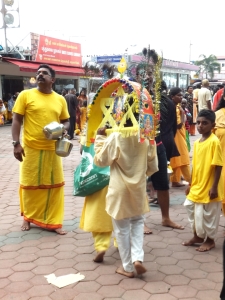
Young Kavadi bearer
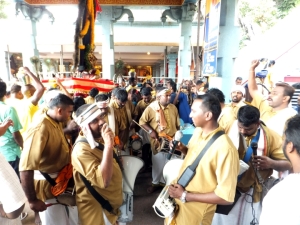
Beautiful Rhythm by this group captivates the spectators and pilgrims
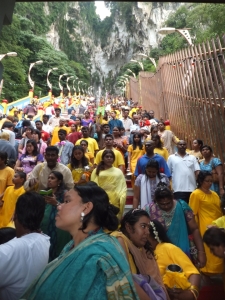
massive crowd to and from the main shrine
Thaipusam signifies the day Mother Parvathi handed Lord Murugan his Vel (a spear with tremendous power) to defeat evil beings. Religion text also says Lord Murugan’s Vel flew on its own cut a demon into half. Each half of the demon transformed into a vehicle to service Lord Murugan. One half turned into a beautiful peacock and the other into a rooster. So, to this day Hindus regard Murugan’s vehicle, peacock a significant religion icon. Its beautiful feathers used to decorated Kavadis on Thaipusam day.
As night falls and temperature drops from all the heat of the day, more Kavadi bearers and people carrying milk pots thronged the area and crow swelled. Now, it was much harder to walk between the sea of people. But, I did managed to get some snap of the beautifully decorated kavadis in bright LED lights and peacock feathers.

World Tallest Lord Murugan Statue with Vel in his right hand
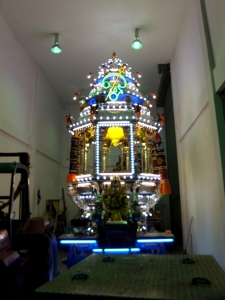
Lord Muruga Chariot
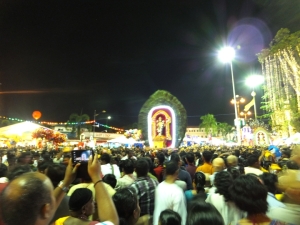
Massive Crowd..pushing and showing

Peacock Kavadi

Nicely decorated
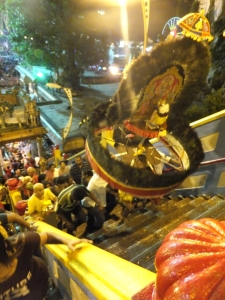
Kavadi going up the steps
I climbed up to the top and payed my prayers to Him. Here, the milk pots bearers handed their milk pots to priests to shower Lord Murugan and Kavadi carrying pilgrims brought down the weight from the shoulders marking the completion of their penance.

Murugan Statue at the entrance of main shrine
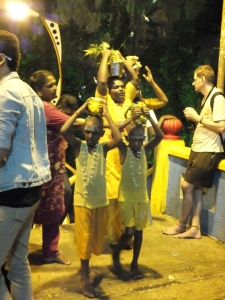
Patience and determination brought this kids to fulfill their vow

Atmosphere in the main temple
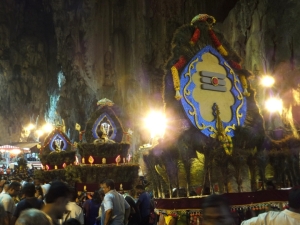
Kavadis lined up
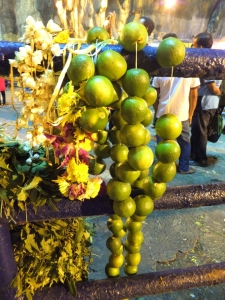
limes and flowers left behind by pilgrims
The spectacular celebration of Thaipusam can only be spectated Malaysia outside India annually in the month of January or February. My 3days there were very informational and part of religious obligation albeit at times were crazy and tired with all the crowd.

